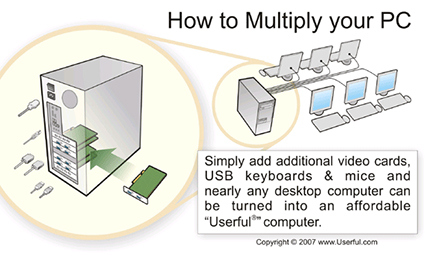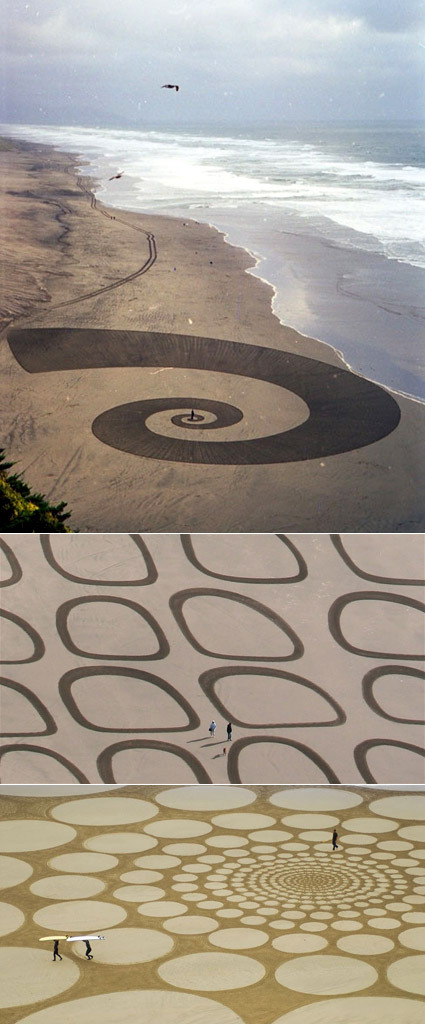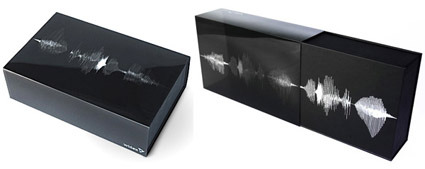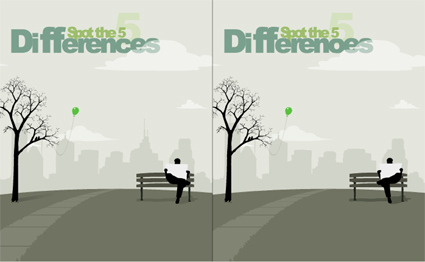Say you have 3 guys and you give them 4 days to reenact one of the epic battles of mankind – the Omaha landing – what do you think they could come up with? How real can they portray the massive scene with hundreds of soldiers, exploding shells and all? Well if you have an astronomical budget you would be able to churn out something somewhat real – but what if you’re on a practically shoestring budget?
Ultimately and fortunately, there’s no limits for human creativity. Here’s how a few guys did it – it’s not a lame production for sure: it was a part of BBC’s Bloody Omaha documentary series. Extremely impressive – watch on to the end to discover their process and the very impressive end results:
After massive interest on the Internet with this very clever and effective ‘making-of’, the BBC is going to rerun the actual show. This is probably the only ‘behind-the-scenes’ that can rally and compel a great desire to watch the actual show itself.






